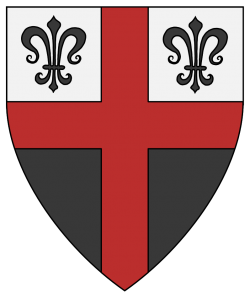At the invitation of the Canton of Northpass, I ran an introductory session today about how participants in the SCA can register historical names and armory.
I used my “Heraldic Registration Basics” document as the basic outline for the class, although I glossed over some sections and went into additional detail in others.
My thanks to the class participants for the questions and comments during the class; the ensuing discussions inspired me to add a few more paragraphs to my notes so I can better cover those topics the next time.

